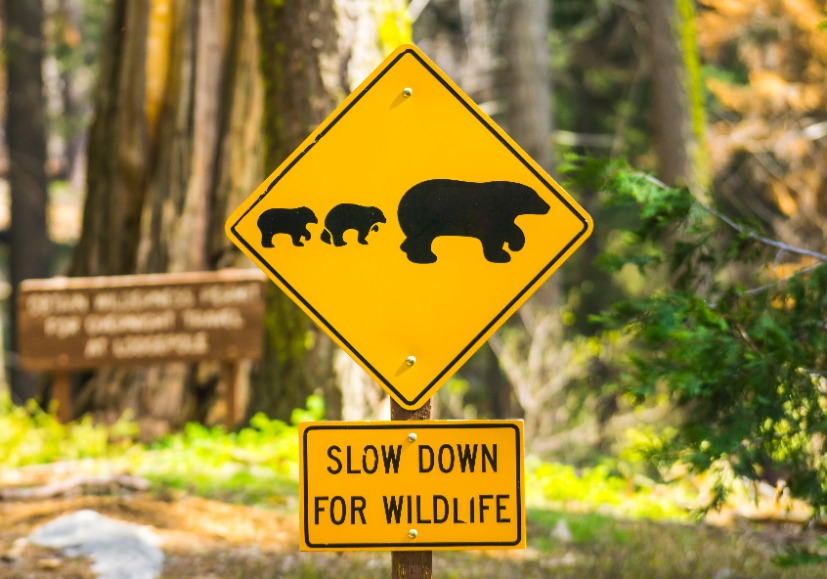From nature’s perspective, human civilization has been a disaster.
It has caused the loss of 83% of all wild mammals and 50% of plants. Between 1970 and 2016 alone, humans wiped out 68% of the world’s mammals, birds, fish and reptiles. The world’s governments support this destructive activity with subsidies worth between US $1.8 trillion and $6 trillion a year ($5 billion to $16 billion a day).
The insurance giant Swiss Re Group has warned that half of our global GDP depends on high-functioning biodiversity and that a fifth of the world’s economies are consequently at risk of ecosystem collapse. Meanwhile, almost every country is missing its targets on biodiversity protection. It’s unclear whether the thousands of delegates meeting in Montreal this week for the latest United Nations biodiversity conference, COP15, will make any significant progress. But here are seven steps they can take to ensure that nature is included in all financial decision-making.
-
Require every business to report on its impact on nature
Governments require annual financial reporting, but there’s no column for “impact on nature.” More than 330 businesses and financial institutions in 52 countries have urged world leaders to make this mandatory by 2030 and are pushing for governments to agree to this at COP15. This would be good but not sufficient. Every business needs to become nature-positive, meaning that it does more to restore nature than it does to harm it. The assaults on nature will continue as long as this remains voluntary.
-
Add a circular economy tax to most products
Since 1970, globally, our use of fossil fuels more than doubled, our extraction of biomass has almost tripled, our extraction of metals has increased fourfold, and our production of plastics has increased 11-fold. In total, this comes to 100 billion tonnes a year of materials, some 15 tonnes per person. All this extraction exacts its toll on nature, and only 8.6% of the materials we use is being recycled. France has developed an anti-waste law for a circular economy, including the principle that whoever creates a product should be responsible for its demise. Amsterdam is aiming to reduce the amount of new raw materials it uses by half by 2030, and to become a fully circular city by 2050.
Every large company should be required to develop a circular economy and damage-to-nature scorecard for its major products. Governments could then enact a circular economy accountability act, with an annual scorecard that would require companies to report their scores, along with how they’re going to make progress, as Scotland is proposing to do. They could then impose a circular economy tax on all major products, graded by their scores, using the revenues to pay for recycling, composting and the restoration of nature. Products that are easy to repair or recycle, and that do no harm to nature, would carry no tax.
-
Make ecocide a criminal offence
It should be criminal to wipe out life on the ocean floor with massive trawler nets, or to destroy a tropical rainforest to produce palm oil. The ongoing campaign to add ecocide as a crime to the Rome Statute of the International Criminal Court began 12 years ago, following efforts by the Scottish lawyer Polly Higgins. In November 2022, the Belgian government proposed writing ecocide into domestic law.
Pope Francis, Britain’s Labour Party and the International Corporate Governance Network (an investor-led organization managing US$70 trillion in assets) have all called on governments to criminalize ecocide. The European Union has launched a feasibility study on the issue. If corporate executives knew they could be hauled before the International Criminal Court in The Hague for crimes against nature, they might think twice before approving another assault.
-
Reward landowners who are champions for nature
Today, only 15% of the world’s land, 15% of freshwaters and 7% of our oceans are protected. The COP15 goal is to protect 30% by 2030 and 50% by 2050, so there’s a long way to go.
Recognizing the critical role of Indigenous land stewardship and developing more Indigenous Protected and Conserved Areas is an essential beginning. Private landowners also have a role to play. What if all landowners with more than 1,000 acres were required to submit an annual report on their impact on nature? Those impacts could include deforestation, tree planting, the use of chemical pesticides, the protection of endangered species, rewilding, native species restoration and more. Landowners who scored high on positive initiatives would qualify for a tax break as a reward for being a champion for nature. Once established, the tax could be applied to smaller landowners.
-
End nature-destructive subsidies
Every year, governments globally give out US$700 billion in farm subsidies, according to a 2019 report by the Food and Land Use Coalition, and 90% of those subsidies have been deemed harmful to nature by the UN Food and Agriculture Organization. They also give US$620 billion a year to the fossil fuel industry, US$320 billion a year to harmful water management, US$155 billion a year to unsustainable forestry and US$35 billion a year to harmful fisheries, according to a 2022 study by Earth Track. Phasing out these environmentally damaging subsidies should be the bare minimum that countries agree to at the COP15 talks, says Li Shuo, a policy advisor at Greenpeace China.
-
Use central bank credit guidance to direct investments
As long as people can continue to profit by investing in nature’s destruction without any repercussions, the disaster will continue.
The European Union has developed a sustainable taxonomy to inform bankers and investors which activities are harmful to nature and the climate, and which are not. Like everything, it is vulnerable to political distortion, but it lays down an essential principle: that we should draw a line in the sand that says “do not invest here.”
If governments and central bankers truly registered what deep trouble we are in, they would work together to issue credit guidance, warning banks not to invest in red-listed activities and withdrawing privileges such as deposit insurance and central bank assistance from those that ignore the guidance. The Dutch central bank, De Nederlandsche Bank, has begun considering these concerns through its report Indebted to Nature, which it released in 2020.
-
Use stronger legislation to protect nature
Targets are useless without legislation to back them up; Canada has missed almost every biodiversity target it has set. It is because of the weakness or absence of legislation that nature continues to be harmed. Forest companies are allowed to continue clear-cutting (roughly a million acres of boreal forest a year) and farmers are allowed to continue poisoning birds and bees (Canada backed away from an outright ban on toxic neonicotinoids in 2021).
Voluntary measures only reach those who are willing to put nature above profit. Governments must pass stronger laws. For Canada, this means a strong nature and biodiversity act. Activists are calling for similar pieces of legislation in Australia, Britain, the European Union and elsewhere.
To make these seven steps a reality, we need a resounding call for action from citizens, schools, colleges, businesses and local governments. COP15 is Canada’s chance to show leadership, or let the biodiversity of the planet vanish.
Guy Dauncey is the author of Journey to the Future: A Better World Is Possible.







